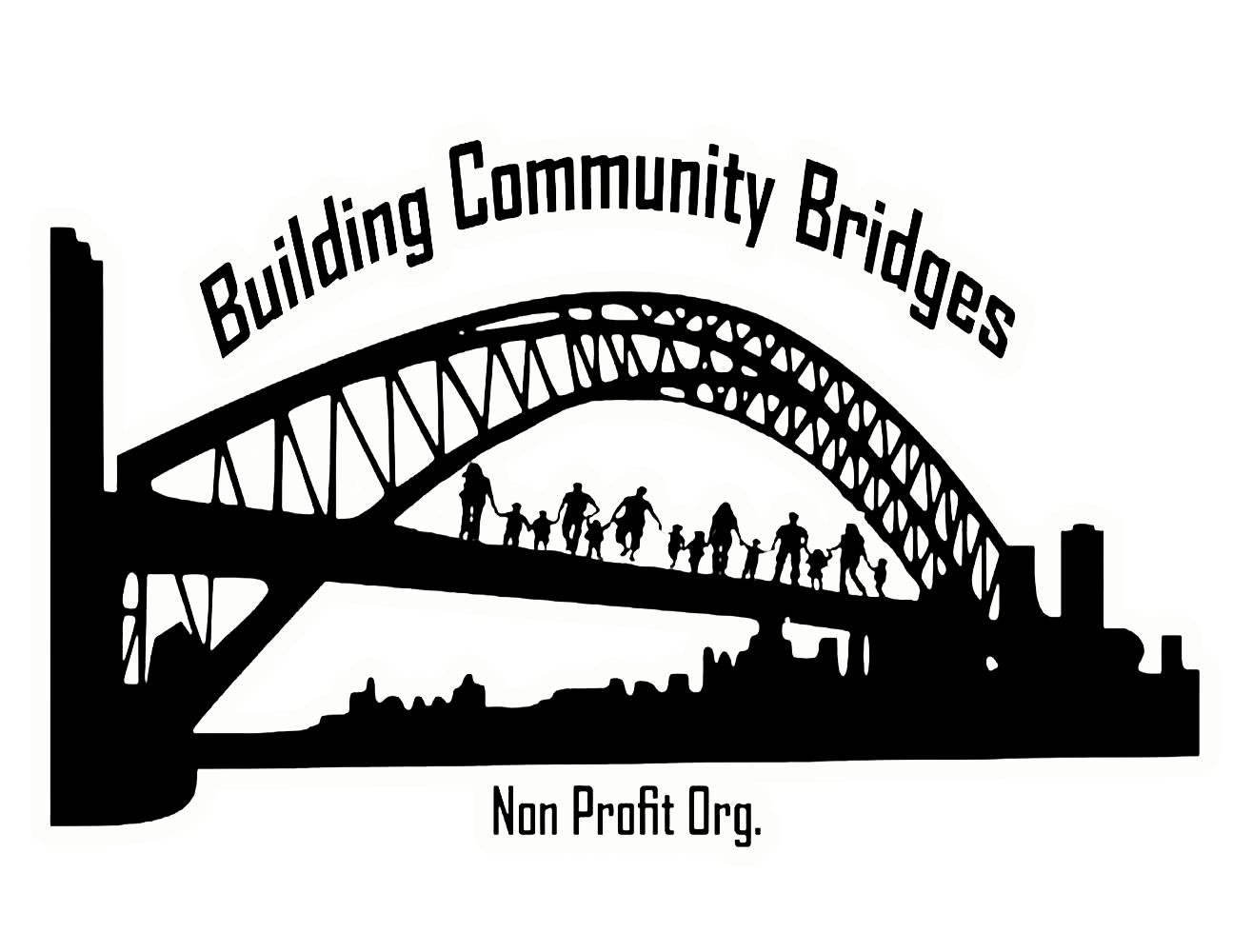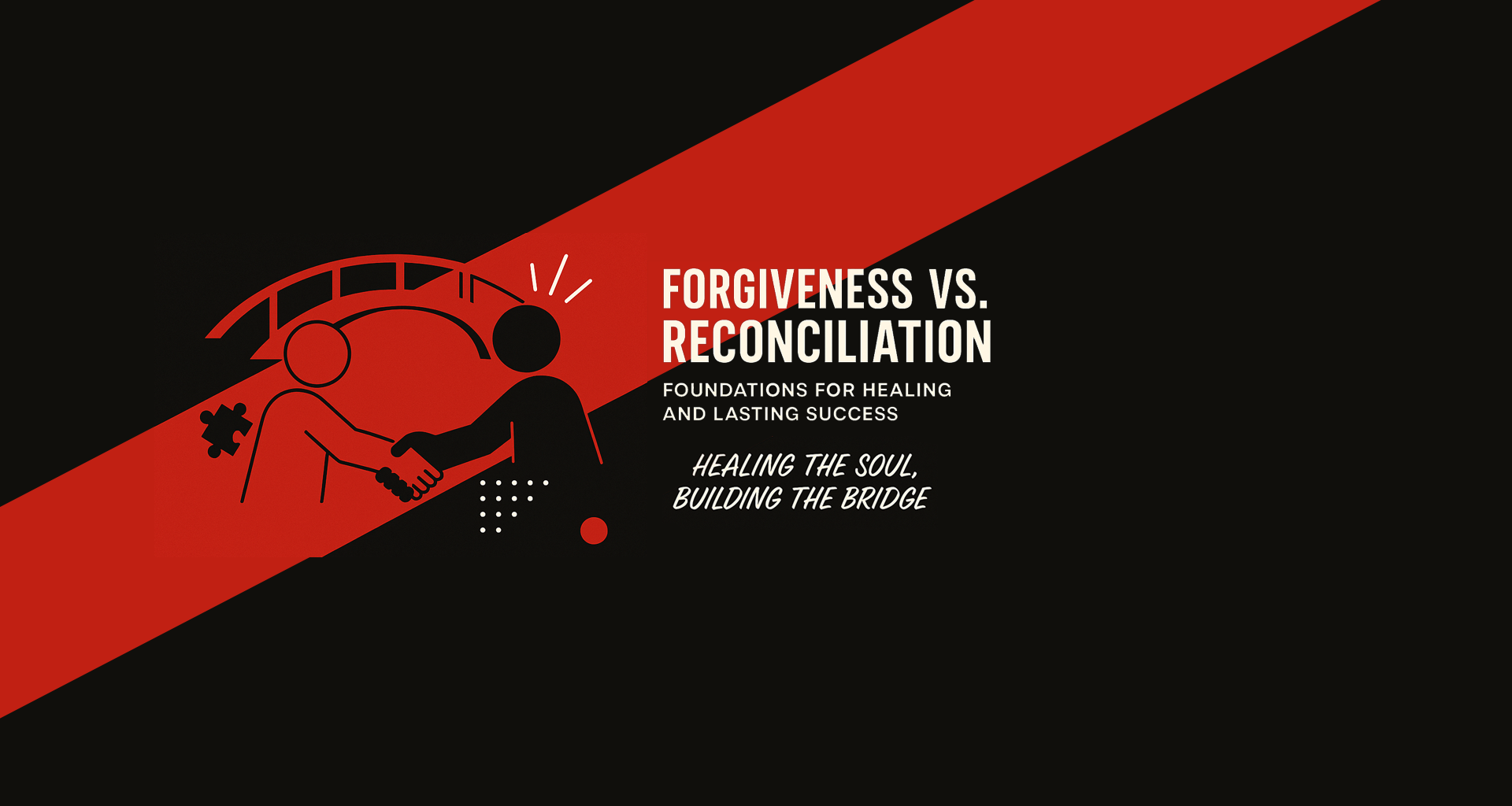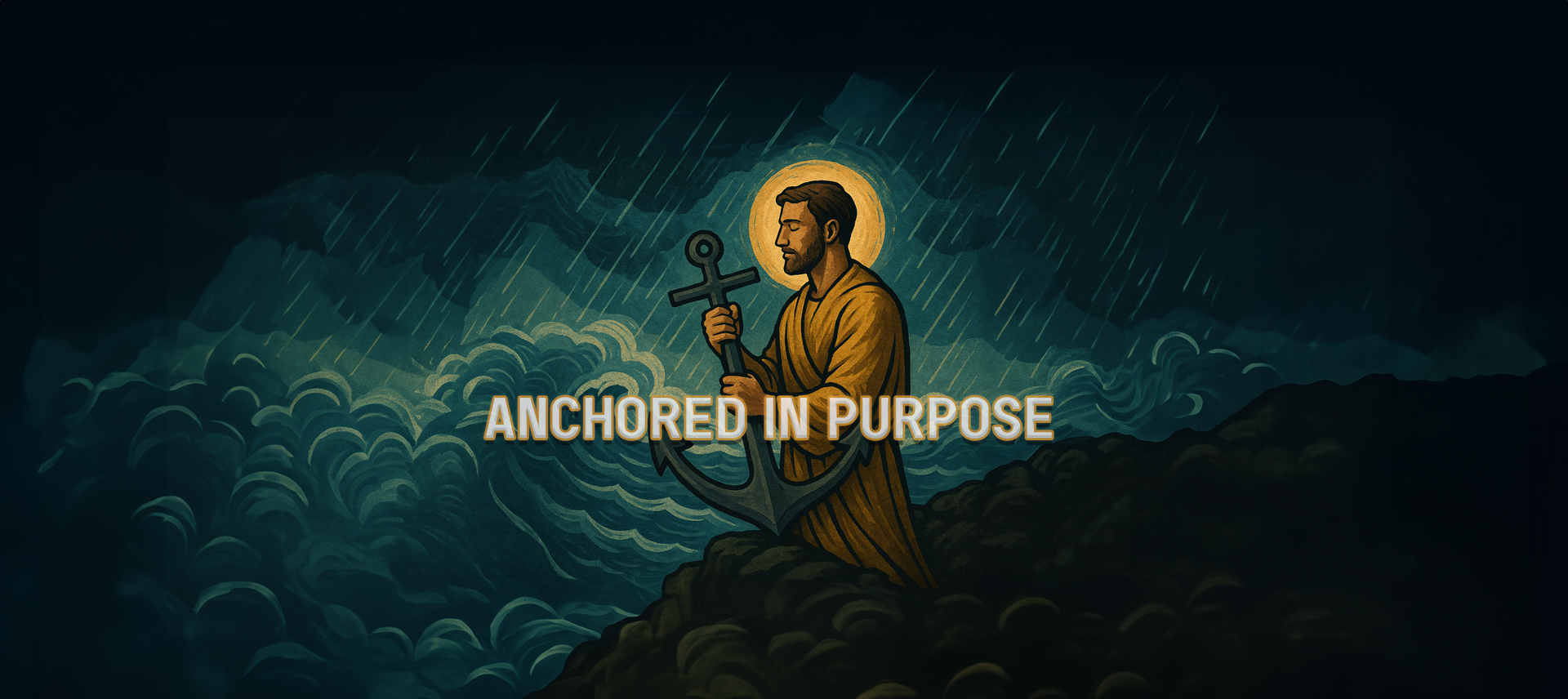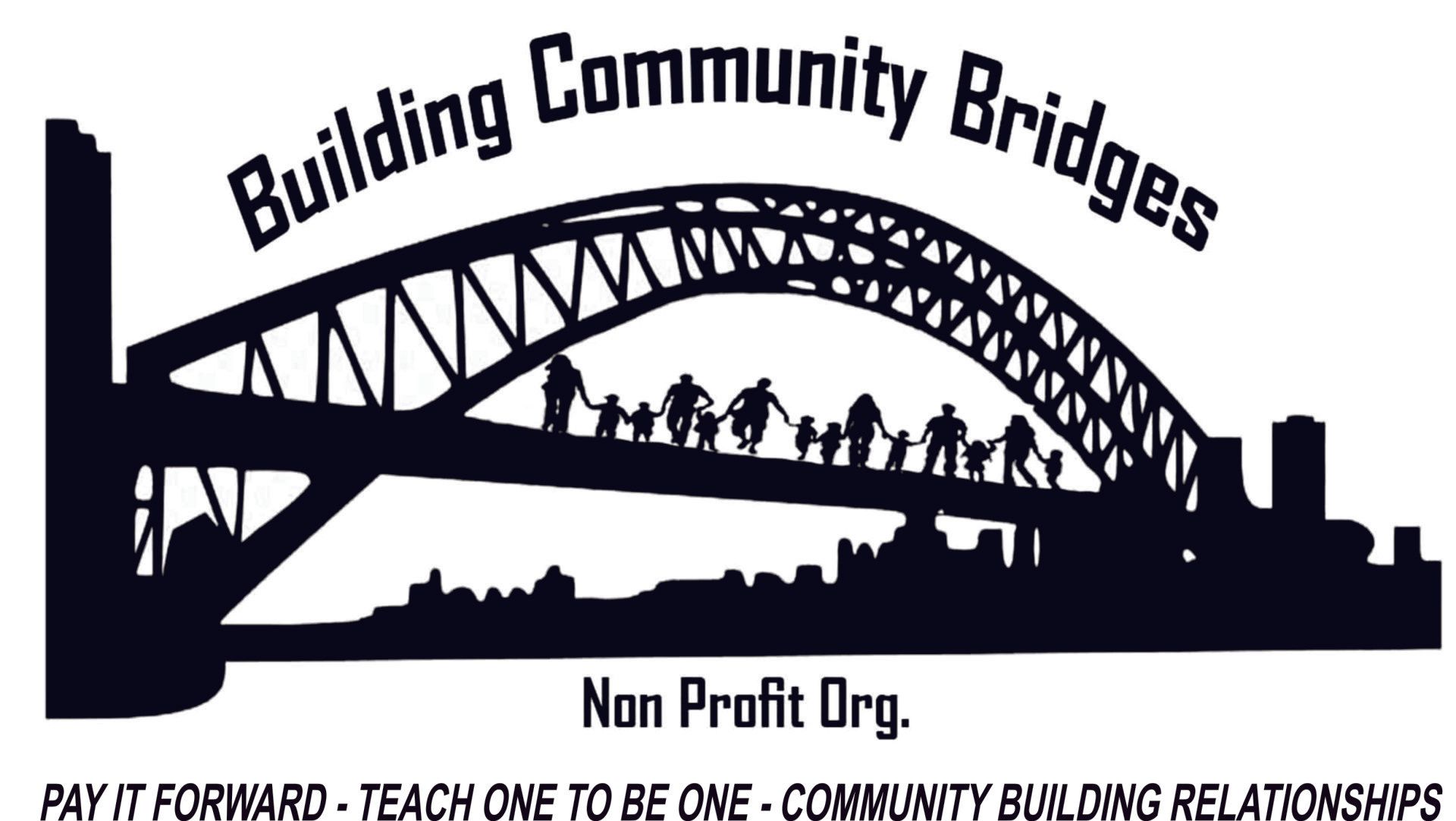Blog

In our fast-paced world, it’s easy to get caught up in the whirlwind of daily responsibilities and challenges, leaving us feeling like life is just happening to us. However, there’s a powerful saying that can help shift this perspective: “Live the life you have, not let life live you.” Let’s explore what this means and how we can apply it to lead more fulfilling lives.

Empathy and Understanding: The Heart of Community Service Empathy and understanding are fundamental to righteousness in community service. It's about recognizing the unique struggles and challenges that individuals face in their lives, particularly underserved youth. When community members put themselves in the shoes of these young people, they develop a profound sense of compassion that drives their desire to help. This empathy isn't just about feeling for others; it's a catalyst for action, prompting community members to engage in meaningful ways that can make a real difference in the lives of those they are helping. Understanding the complexities of the challenges faced by the youth helps in tailoring support that is truly beneficial. It's not just about providing aid but offering the right kind of assistance that empowers and uplifts. In the context of BCB, this could involve listening to the youth's stories, recognizing their needs, and then responding with programs and support that address these specific needs effectively. It's a process that begins with empathy but extends into actionable support, guided by a deep understanding of the community's needs. Active Participation: A Commitment to Involvement Righteousness is actively manifested through community involvement. This means not just acknowledging the needs of the community but also taking concrete steps to meet these needs. For members of a community, this could involve volunteering their time and energy in various initiatives and programs run by organizations like BCB. Whether it’s helping in a food pantry, participating in a coat drive, or contributing to educational programs, every act of participation counts. It's a hands-on approach to making a difference, where actions speak louder than words. Moreover, active participation fosters a sense of community spirit and togetherness. It isn’t just about the individual efforts; it's about coming together as a community for a common cause. This collective action not only amplifies the impact of the efforts but also strengthens the community bonds. Each volunteer, mentor, or participant brings their unique skills and perspectives, enriching the community's efforts and creating a more robust support system for the youth who need it most. Sharing Knowledge and Skills: Empowering Others One of the most profound ways to pay it forward in a community is by sharing knowledge and skills. This transfer of expertise is not just an act of generosity, but a powerful tool for empowerment. Community members, by sharing what they know and have experienced, can open doors of opportunity for others, especially the youth. This could be in the form of offering workshops, mentoring sessions, or even informal advice and guidance. Such initiatives help in equipping the younger generation with the skills and knowledge they need to succeed. This sharing goes beyond traditional education; it's about preparing the youth for real-world challenges and opportunities. When professionals share their journey, the highs and lows, the lessons learned, it gives the youth insights that are both inspiring and practical. It helps them see possibilities for their own lives and motivates them to pursue their aspirations. This kind of sharing is not just a transfer of knowledge; it's an investment in the future of the community. Financial Support: Fueling Community Initiatives Financial contributions play a crucial role in sustaining community initiatives. When community members donate to organizations like BCB, they are providing the much-needed resources to keep various programs running and expanding. These donations can help in a multitude of ways, from funding educational resources to providing meals for those in need. Every dollar contributed is a step towards supporting and enriching the lives of underserved youth and their families. Beyond the immediate impact, financial support also reflects a commitment to the long-term welfare of the community. It's an acknowledgment that building and maintaining support systems require resources. For many community members, monetary donations might be the most feasible way to contribute, especially if time or physical presence isn’t possible. These contributions, big or small, add up to create a significant impact, ensuring that the programs not only continue but also grow and evolve to meet the changing needs of the community. Advocacy and Raising Awareness: Giving a Voice to the Voiceless Advocacy and awareness are crucial aspects of righteousness in community service. It's about using one's voice and platform to shine a light on issues that affect the underserved and marginalized. By speaking out about the challenges and injustices faced by these groups, community members can help bring attention to critical issues that may otherwise be overlooked. This can involve writing articles, speaking at community events, or simply engaging in conversations that raise awareness about the needs and struggles of others. Raising awareness is also about building a broader support network. When more people are informed about the issues, there is a greater chance of mobilizing resources and support. Advocacy can lead to policy changes, increased funding, and more community involvement, all of which are essential for creating lasting change. It’s not just about speaking up; it’s about sparking a movement that leads to tangible improvements in the lives of those in need. Creating a Culture of Giving: Fostering a Community Spirit Righteousness in community service is also about cultivating a culture of giving. This involves inspiring others to join in and contribute to the community's well-being. It's about leading by example and showing the positive impact that giving back can have. By organizing community events, fundraisers, or even casual gatherings that focus on community service, members can encourage a spirit of generosity and involvement. Creating this culture is not just about individual acts of kindness; it’s about building an ethos where giving back is a norm, a shared value that binds the community. This culture fosters a sense of belonging and purpose, encouraging even more people to participate. When community members see the collective impact of their efforts, it reinforces the belief that together, they can make a significant difference in the lives of those around them. Sustaining Efforts Over Time: A Long-Term Commitment The true essence of righteousness in paying it forward lies in sustaining these efforts over time. It’s about a continuous, long-term commitment to the betterment of the community. This means not just participating in one-off events or activities but remaining involved and engaged over the long haul. Such sustained efforts ensure that the support provided to the community is consistent and reliable, which is crucial for making a lasting impact. Long-term commitment also allows for the development of deeper relationships and understanding within the community. It enables community members to see the growth and progress of their efforts, and how these efforts are genuinely transforming lives. This ongoing involvement is what truly embodies the spirit of righteousness in community service: a steadfast dedication to uplifting others, not just today, but for years to come.

"Adversity will come at some time to every man and woman. How you meet it, what you make of it and what you allow it to take from you or give to you are determined by your mental habits. All experiences will do something FOR you or something TO you." The quote emphasizes that adversity, which refers to difficult or challenging situations in life, is something that everyone will face at some point. It doesn't discriminate; it affects both men and women. However, what truly matters is how individuals respond to adversity, and this response is influenced by their mental habits. How You Meet It: This part of the quote suggests that when adversity strikes, your initial reaction, attitude, and approach to facing it matter. Do you confront it head-on with determination and resilience, or do you shrink away in fear or despair? How you meet adversity reflects your readiness to deal with life's challenges. What You Make of It: Adversity can be viewed as an opportunity for growth and learning. It's not just about enduring hardships but also about extracting valuable lessons and experiences from them. People can choose to make the most out of adversity by finding meaning, personal development, and new perspectives within difficult circumstances. What You Allow It to Take From You or Give to You: This part of the quote suggests that individuals have a choice in how they let adversity impact them. Adversity can either take away your optimism, hope, and determination, or it can give you resilience, strength, and wisdom. Your mindset and attitude play a crucial role in determining whether adversity takes away your positivity or enriches your life in some way. Determined by Your Mental Habits: The quote implies that your response to adversity is not solely determined by external circumstances but is heavily influenced by your mental habits. These habits include your thought patterns, coping mechanisms, and overall mindset. Developing positive mental habits can help you navigate adversity more effectively. All Experience Will Do Something FOR You or Something TO You: This part highlights that every life experience, including adversity, has the potential to either benefit you ("do something FOR you") by fostering personal growth or harm you ("do something TO you") by causing emotional or psychological distress. How you interpret and respond to these experiences determines their impact on your life. In summary, the quote emphasizes the universal nature of adversity and underscores the importance of one's mindset, attitude, and mental habits in shaping how adversity is encountered and what it ultimately contributes to one's life. It encourages individuals to see adversity as an opportunity for personal growth and resilience rather than as a purely negative force.





